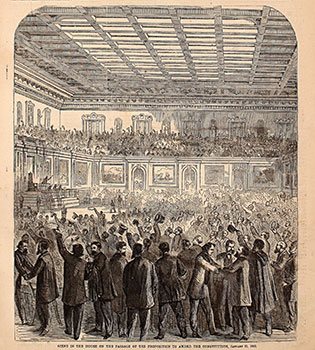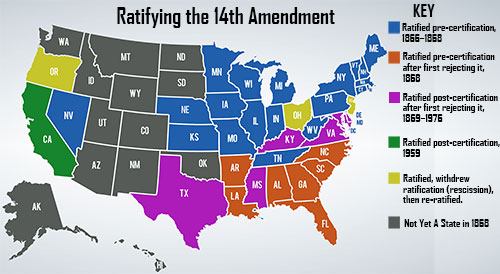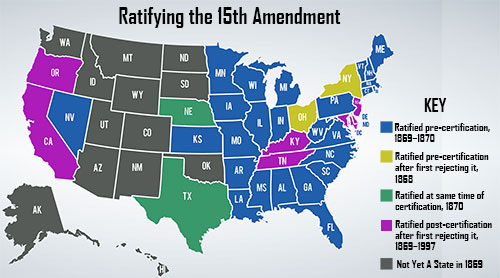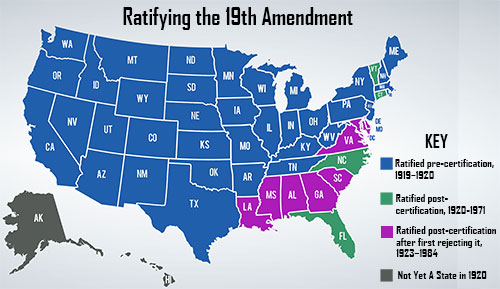Learn
Amending the Constitution
When you consider all of the changes in the United States since 1787, it is amazing to think that the Constitution has only been changed 27 times! But remember, this actually fulfills the fifth and final purpose of the framers The founding fathers or visionaries of our government : to allow for change.
They recognized that the Constitution would need to adapt with the changing times, so they had the foresight to create a process in Article V for making those changes. However, they also didn't make it too easy! Read Amending the U.S. Constitution from the National Conference of State Legislatures to learn about this process.
Let's examine some of the most important amendments. Neither African Americans nor women were treated as equal citizens by the framers; however, the amendment process has allowed our Constitution to change in order to right the wrongs of our past.
Amendments 13-15
The 13th, 14th, and 15th Amendments all concern former slaves, and the 14th and 15th are often referred to as Reconstruction Amendments because they were created after the Civil War during the Reconstruction period.
13th Amendment (1865): This amendment abolished slavery, effectively freeing all enslaved people from bondage.


14th Amendment (1868): This amendment extended citizenship to former slaves and prevented states from denying rights and privileges to any U.S. citizen.


15th Amendment (1870): This amendment extended voting rights to all men, regardless of "race, color or previous condition of servitude". This meant that former slaves would now have the right to vote.


Amendment 19
Although the 15th amendment extended voting rights, it only applied to men. Women were still not considered eligible to vote.
This changed with the passage of the 19th Amendment. This amendment is also referred to as the Suffrage Amendment.
19th Amendment (1920): This amendment extended voting rights to ALL United States citizens, regardless of sex.

